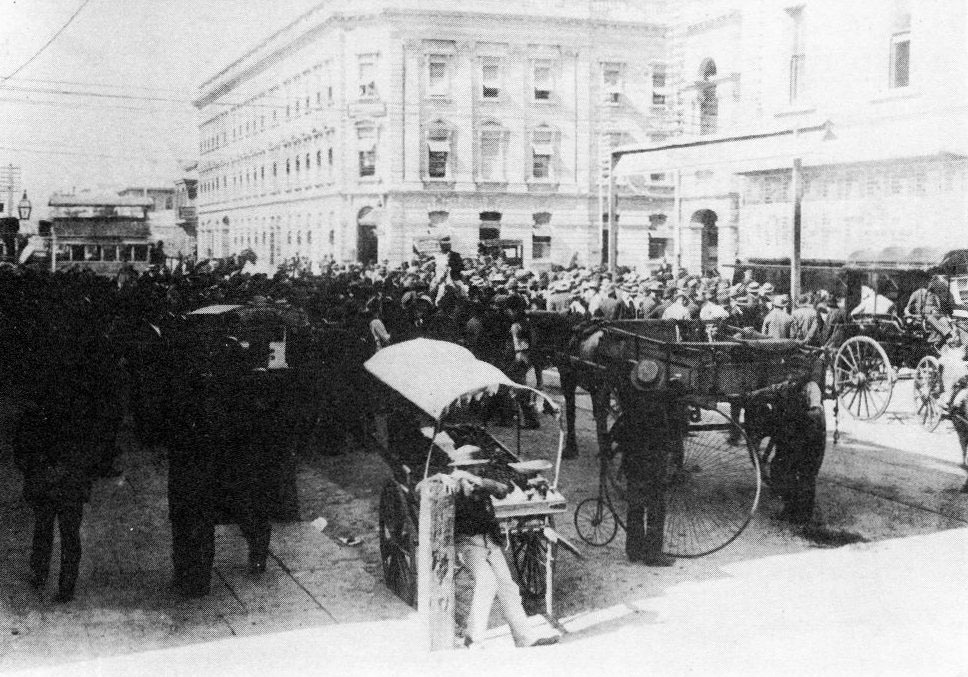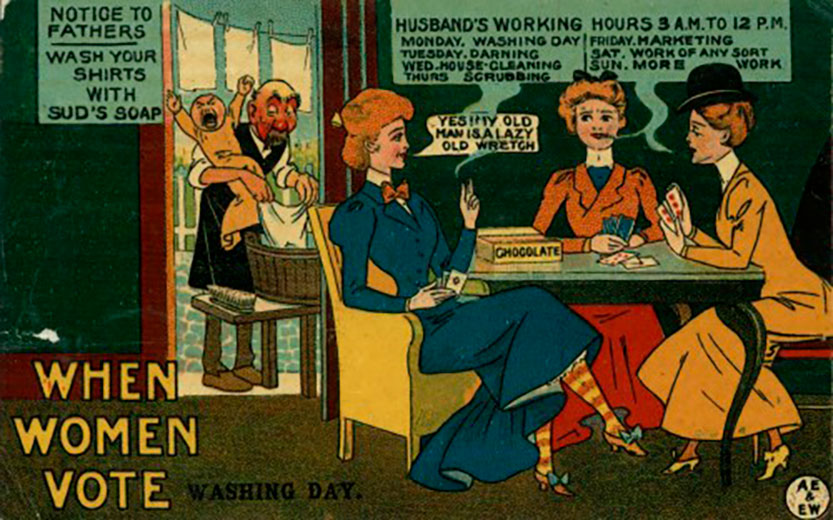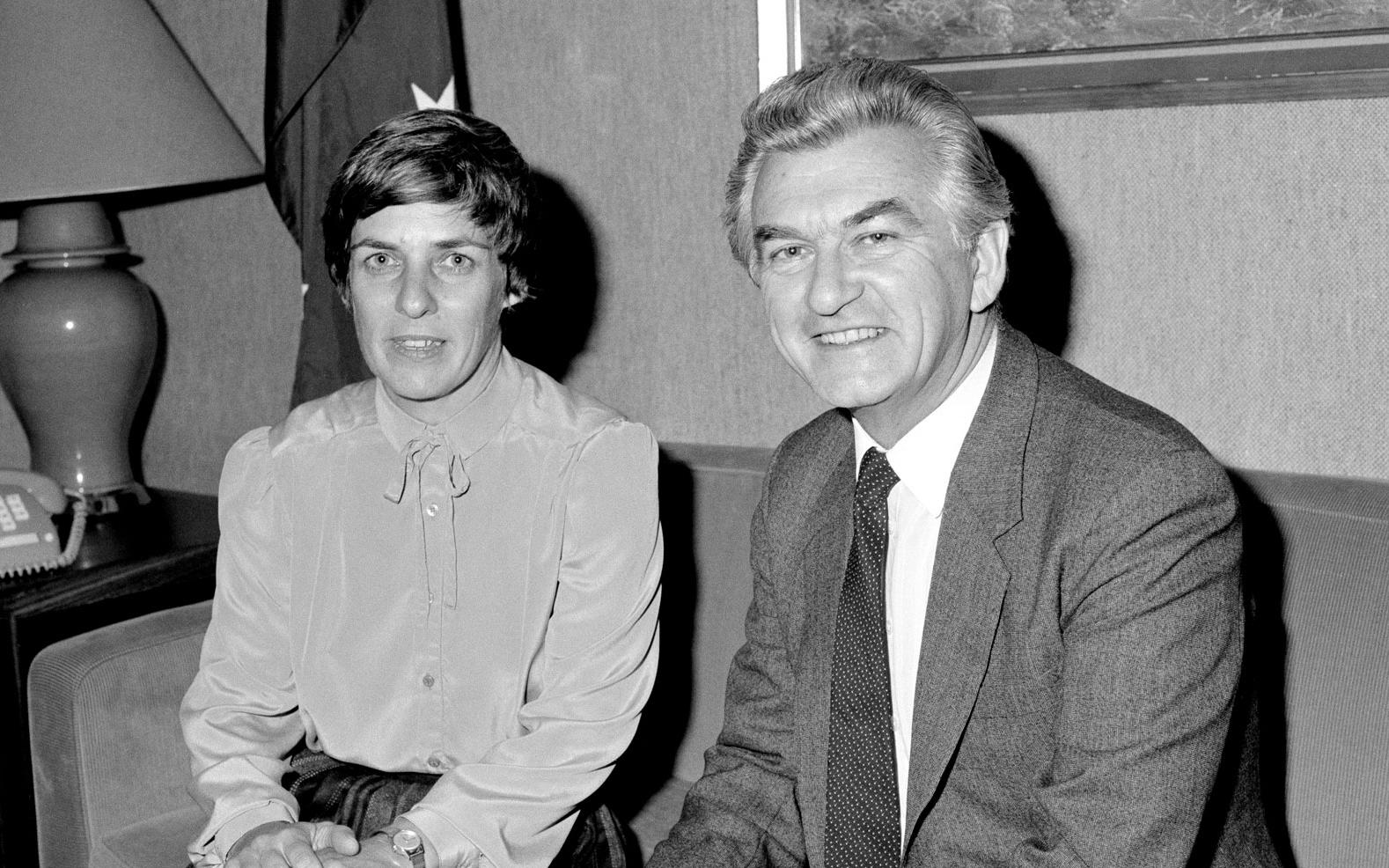Learning module:
Australia since Federation Defining Moments, 1901–present
Investigation 3: The development of Australian democracy
3.4 1972 Equal pay for women and men
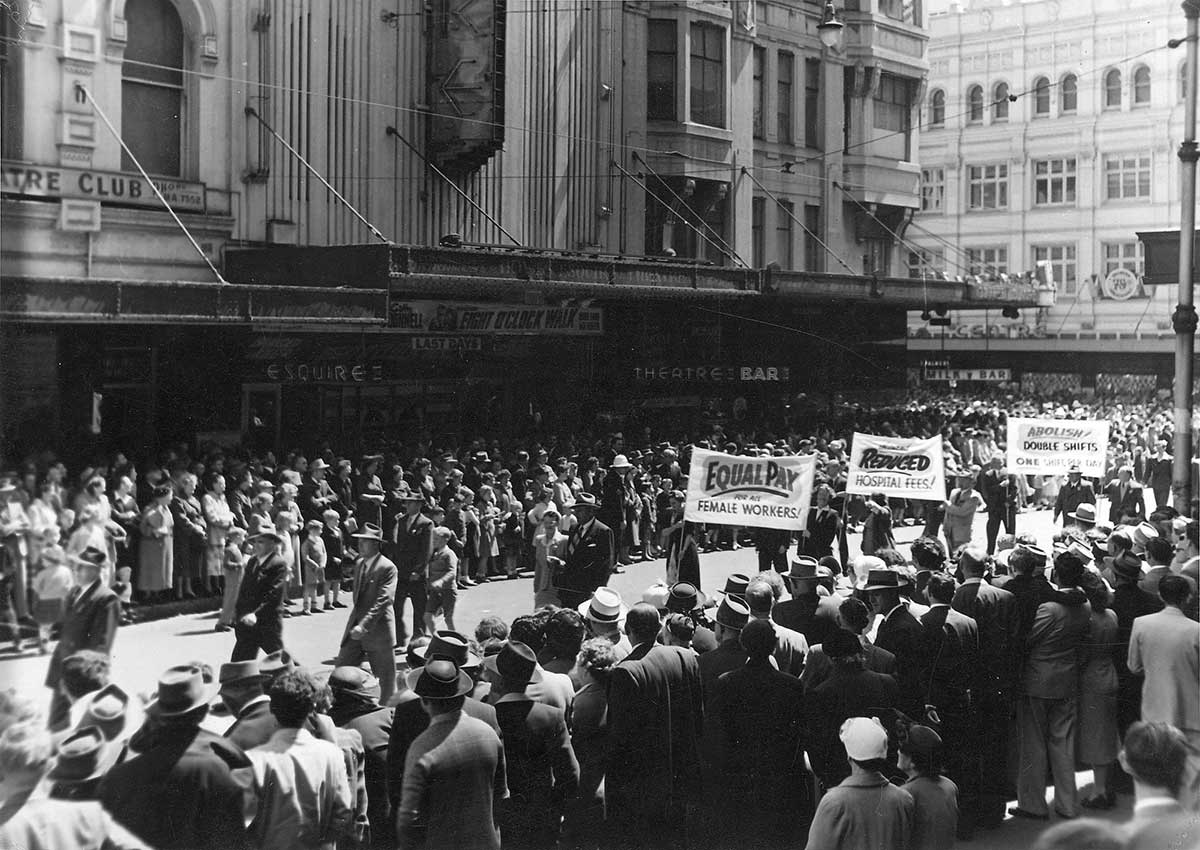
Imagine that you and a friend are doing the same jobs that are of equal importance and benefit to society. One of you is a female teacher. The other is a male teacher. One day you compare what you are being paid — and realise that the female is paid much less.
Do you think this is fair?
Discuss your ideas, then see how something like this really did happen in Australia.
This was the situation faced by people in Australia in 1972. What did they do?
Read the information below and then use it to answer the questions that follow.
Unequal pay
Up to 1969 most women were paid less than men. For example, in 1959 a male teacher starting work in an ACT school would have been paid $27.30 a week, and a female teacher of the same age and qualification, starting on the same day, and teaching the same classes, would have been paid $20.45 a week. And, if she married, she would have to resign her job.
After 1969 women and men who did the same job were given equal pay. But women were still paid less than men in many jobs, because most women were in what were called ‘women’s jobs’ — such as factory work, secretarial work, or nursing. Those women who were in what were classed as ‘men’s jobs’ were paid equally for equal work. But most women were not in those jobs.
Taking a case to court
By the 1970s more women were working than ever before. Some trade unions protested, and went to the body that set wages, the Conciliation and Arbitration Commission. The unions argued that there should not be ‘men’s jobs’ and ‘women’s jobs’, but that all people who worked in a similar job should be paid equally. Some employers were unhappy with this, as they would need to pay more to their female employees if the case were won.
The result
The Conciliation and Arbitration Commission agreed that there should be equal pay for work of equal value. This was an important step towards having all citizens, regardless of their sex, treated equally.
Analysing a photograph
Here is a photograph from the time:
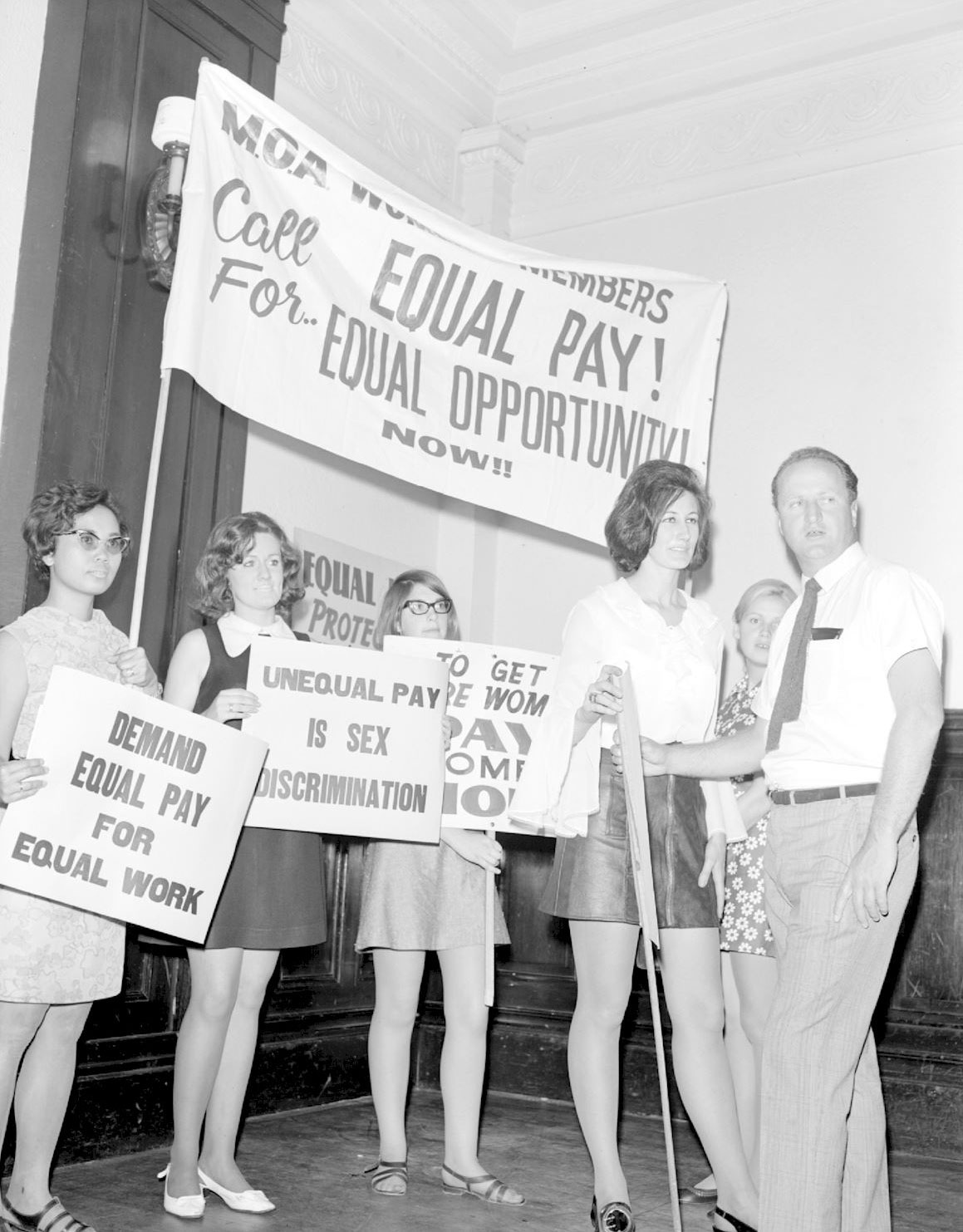
1. If you saw this photograph, what could you say about the situation:
Conclusion
2. What was the event and what caused it to happen?
3. What changed as a result of this event and what were the consequences of this change?
4. Why was this Defining Moment so significant in Australian history?
You can find out more about this in the Defining Moment in Australian history: 1972 Wage equality — Equal pay for women






